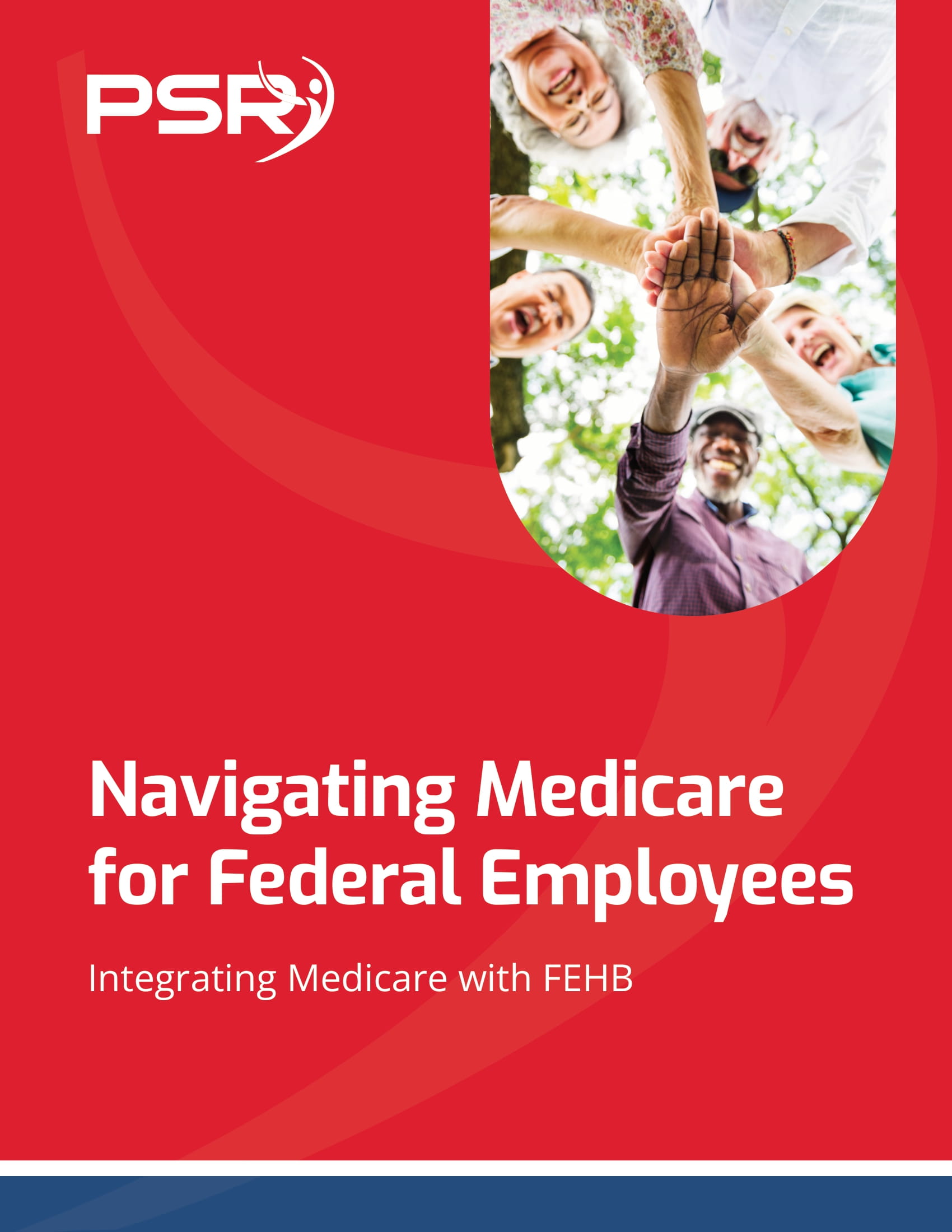Key Takeaways:
- Special category federal retirees (such as LEOs, firefighters, and FAA employees) often qualify for unique benefits, including earlier retirement and supplementary income before Social Security.
- Understanding the retirement structure for these positions helps you make the most of enhanced benefits while navigating potential restrictions or penalties.
Are You Ready for Special Retirement Benefits?
- Also Read: Are You Eligible for the Federal Employee Retirement System (FERS)? Find Out Here
- Also Read: Why TSP Withdrawal Options Might Be More Flexible Than You Think for Federal Retirees
- Also Read: The Top Federal Employee Benefits You Should Be Tapping Into Right Now
Who Qualifies for Special Category Retirement?
Certain federal positions qualify for special retirement plans because of the intense physical, emotional, or safety demands they require. The main job types eligible include:
- Law Enforcement Officers (LEOs)
- Firefighters
- Air Traffic Controllers
- Customs and Border Protection Officers
In exchange for these roles’ higher demands, these positions generally offer the chance for earlier retirement and access to other benefits like the Special Retirement Supplement (SRS), which aims to bridge the gap until Social Security kicks in.
Early Retirement Eligibility: What’s in It for You?
Federal employees in these roles benefit from an accelerated retirement timeline. While most federal employees under the Federal Employees Retirement System (FERS) retire at the Minimum Retirement Age (MRA) of 57 or higher, special category employees can retire as early as age 50 with 20 years of service. Additionally, if you reach 25 years of service in these positions, you can retire at any age.
What About Retirement Penalties?
One of the biggest perks of being in a special retirement category is that your benefits aren’t reduced for retiring early. Many regular federal employees face reduced benefits if they retire early, but special category employees avoid this pitfall, allowing them to maximize benefits from day one of retirement.
Calculating Your Pension: A Generous Formula
Your pension formula under FERS for special category roles is also slightly different and generally more beneficial:
The Enhanced Pension Formula
Special category employees receive 1.7% of their average high-three salary per year of service for the first 20 years. This rate drops to 1% after 20 years. Here’s a quick breakdown:
- Years 1-20: 1.7% x high-three average salary per year
- Years 21+: 1% x high-three average salary per year
For example, if your high-three average salary is $80,000 and you retire with 25 years of service, your pension would be calculated as:
- First 20 years: 1.7% x $80,000 x 20 = $27,200
- Additional 5 years: 1% x $80,000 x 5 = $4,000
Total pension: $27,200 + $4,000 = $31,200 annually.
Special Retirement Supplement (SRS): Filling the Social Security Gap
One of the more attractive benefits for special category employees is the Special Retirement Supplement (SRS). The SRS is a temporary benefit paid in addition to your FERS pension to help cover income until you reach the minimum age for Social Security (usually 62). This supplement is available only to those who retire at or after the age of 50 with at least 20 years of qualifying service or any age with 25 years of service.
The SRS is calculated to approximate the amount of Social Security you earned while employed under FERS, and it ceases when you turn 62 or begin collecting Social Security. The exact amount varies but can be a significant income bridge if you’re retiring well before the Social Security age.
Survivor Benefits: Protecting Loved Ones
Like other FERS employees, special category retirees have the option to provide for their loved ones by electing a survivor benefit. This option allows a portion of your pension to continue to your spouse or other beneficiaries after you pass. Here are the two main types of survivor benefits you might consider:
- 50% Survivor Annuity: Your spouse receives 50% of your pension in exchange for a reduction in your monthly benefit.
- 25% Survivor Annuity: This offers a smaller benefit to your spouse, reducing your pension by a smaller amount.
Choosing a survivor benefit means slightly reduced monthly payments, but it provides ongoing financial support for your loved ones after you’re gone.
Health Benefits: Accessing FEHB and Medicare
Most federal retirees rely on the Federal Employees Health Benefits (FEHB) program, and as a special category retiree, you’re no exception. If you’re eligible for FEHB at retirement, you can keep this coverage throughout retirement, often a significant relief for retirees in high-risk professions.
When you turn 65, you’ll become eligible for Medicare, and many retirees find that coordinating FEHB with Medicare can help lower out-of-pocket healthcare costs. Medicare typically becomes the primary payer at age 65, while FEHB acts as secondary insurance, helping with any remaining costs.
Thrift Savings Plan (TSP): Planning Your Drawdowns
Your TSP is an essential part of your retirement income, so knowing when and how to start drawing from it is crucial. Generally, you can access your TSP savings without penalty as early as age 50, which aligns well with the typical early retirement age for special category employees. The TSP offers several withdrawal options, including monthly payments, lump-sum withdrawals, and annuity options.
One advantage to early access is that you can begin supplementing your pension with TSP funds even before qualifying for Social Security. However, keep in mind that withdrawals are taxed as ordinary income, so consider tax planning as part of your drawdown strategy.
Social Security: Important Considerations
Most federal employees contribute to Social Security, and special category employees are no different. However, with the ability to retire as early as 50, many special category retirees will have a significant gap between retirement and Social Security eligibility.
Deciding when to start collecting Social Security is a crucial part of your financial planning. You can claim as early as age 62, but if you wait until your full retirement age (FRA) or even until age 70, you’ll receive higher monthly payments. Weighing the timing against your financial needs and life expectancy can make a big difference in your long-term income.
Make the Most of Your Hard-Earned Benefits
Special retirement category employees have unique retirement benefits that reflect the challenges and sacrifices of their jobs. By taking advantage of early retirement options, the Special Retirement Supplement, and careful coordination of FEHB and Medicare, you can build a secure retirement that meets your needs well into the future.
Planning your retirement may take more than just understanding your benefits, but knowing how these perks work together provides a strong foundation. Whether you’re retiring at 50 or working longer, leveraging these benefits will support a retirement lifestyle that reflects your years of dedication and service.
Mapping Out Your Retirement Path
For special category employees, your retirement path may be slightly different from most, but the benefits of your unique role are significant. With the right planning, your pension, health benefits, and retirement supplement create a well-rounded and potentially long-lasting income stream. Taking full advantage of these can allow you to live comfortably in retirement, no matter what adventures lie ahead.









